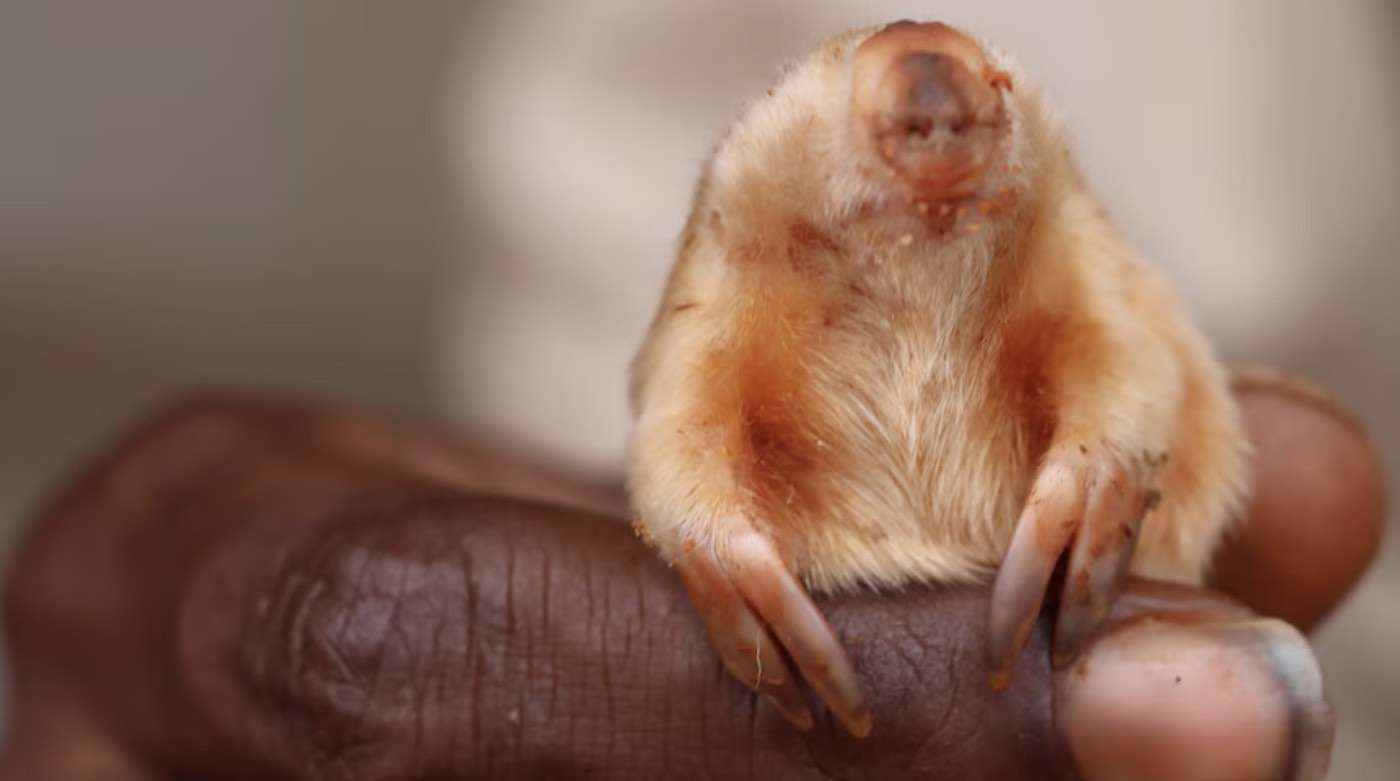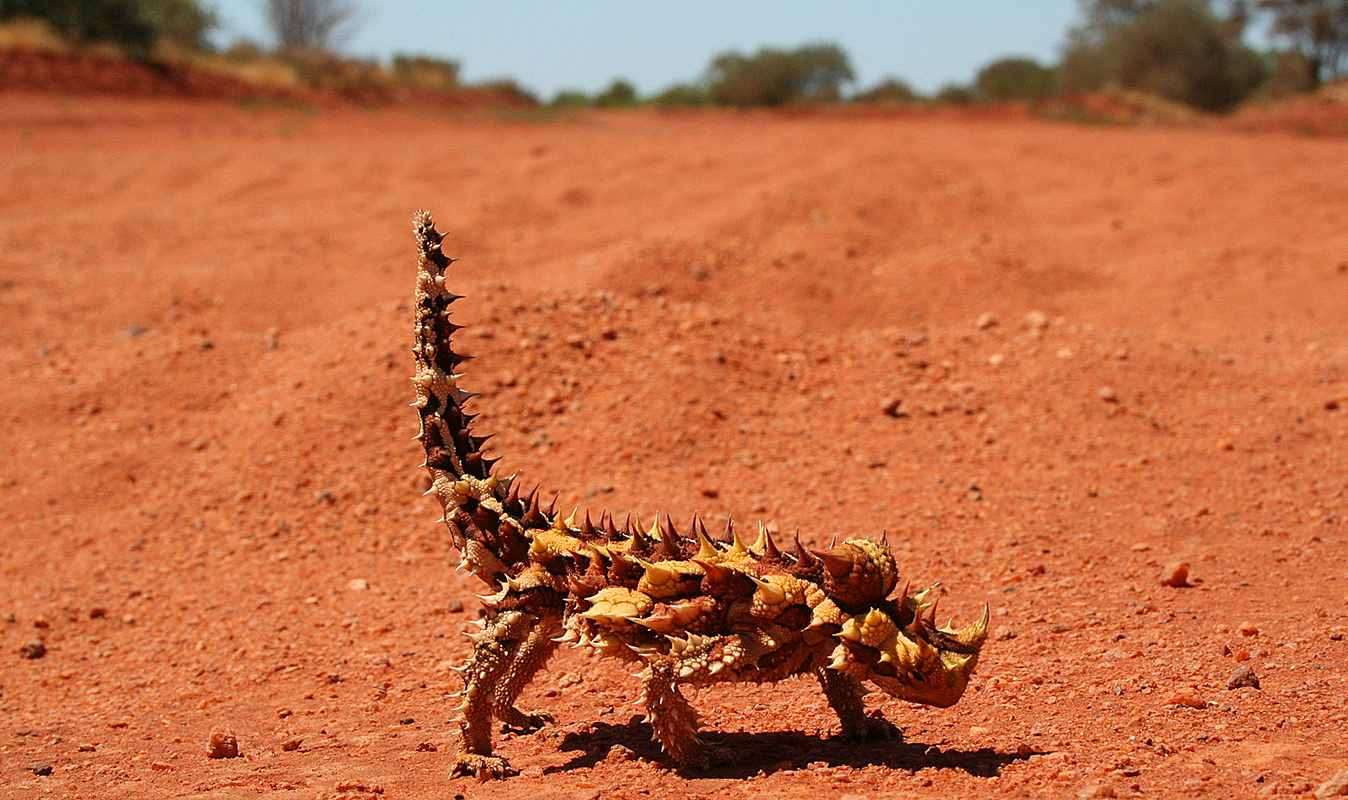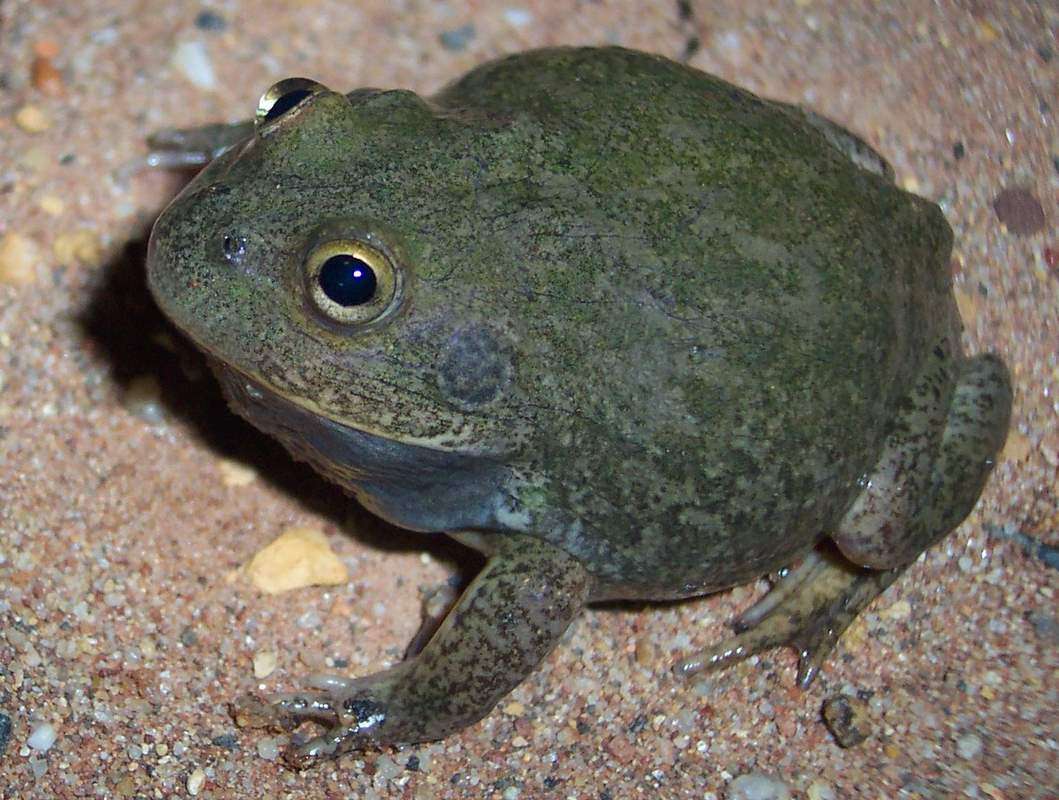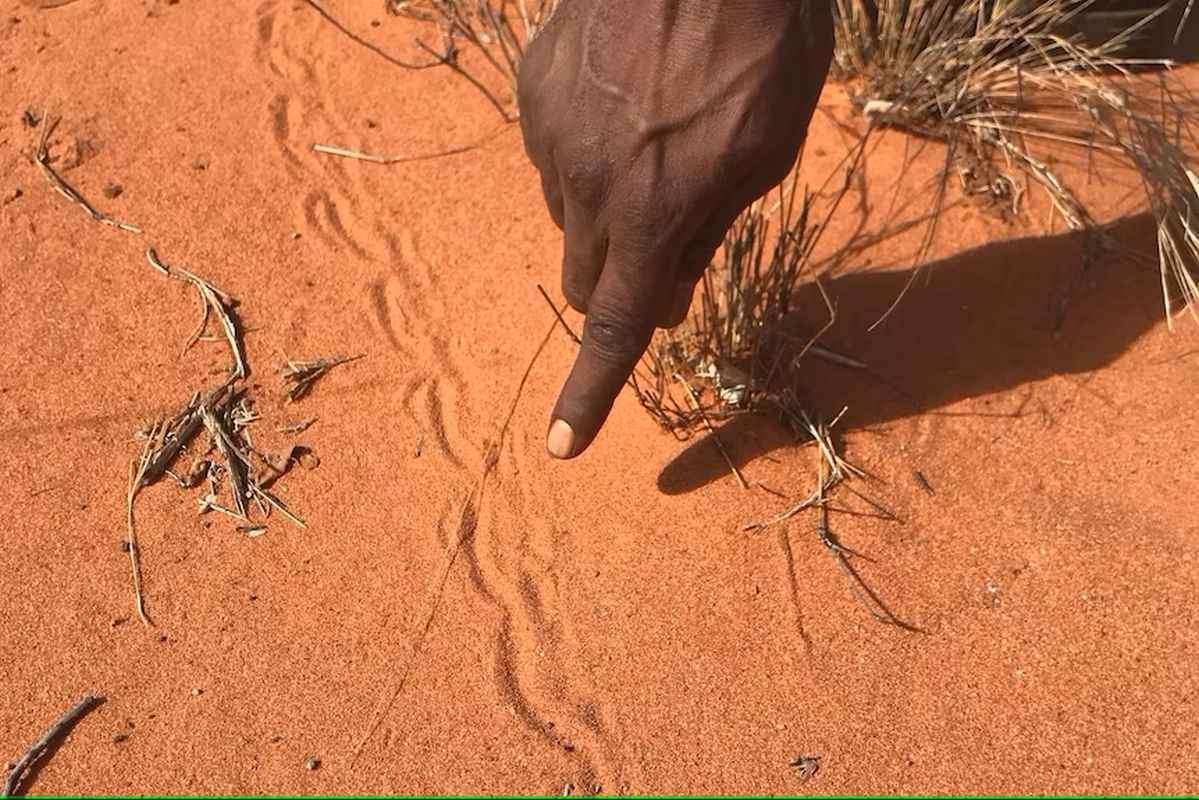In World First, Scientists Share What Was Almost Certainly a Conversation with a Humpback Whale
Humpback whales have very complicated vocalizing behaviors, but scientists were able to call an adult female over and have a short convo.


This tiny creature is a northern marsupial mole, a card-carrying member of one of the strangest landscapes on Earth.
The Western Deserts of Australia bristle, slither, and burrow with life; much of it unseen by the few passersby. The extreme aridity and heat have caused these animals to adapt in strange ways; few stranger than this marsupial mole which is seen just a few times every decade.
Small, blind, hairy, and shy, the marsupial moles carry their young around in a pouch like kangaroos, but burrow underground using their noses to make up for their lack of eyesight like moles.
"Some people's first thought was, ‘Are these photos an April Fools' Day joke?'" desert wildlife expert Gareth Catt told ABC News Down Under. "To see a close-up photo like this is really exciting—I've never seen one myself so I'm pretty jealous of the rangers!"
The rangers Mr. Catt is referring to are the Kanyirninpa Jukurrpa (KJ) Martu rangers, a group of Aboriginal conservationists who make their homes and their bread in the Western Deserts in the state of Western Australia.
Documenting wildlife, implementing conservation strategies, performing fire management, and other activities, the KJ are like custodians of the Outback.
The wildlife living in the deserts of Australia are as odd as the fish and invertebrates of the deep ocean are odd when compared with those in shallow seas. The most charismatic must be the thorny devil (Moloch horridus.)
This small lizard may look impenetrable with its bristling spikes, but its skin is actually hydrophilic, meaning that if any part of it touches moisture—dew for example—it can be absorbed into the body without the lizard requiring to drink it.

But this thirsty-skinned lizard is nothing compared to the powers of the "water holding frog" (Cyclorana platycephala) which can go 5 years without ever drinking water. Aborigines will actually dig up this frog, gently squeeze it, and drink the water excreted from its skin before putting it back, or carrying it with them to the next watering hole, as the unwelcome theft of their water will most likely prove fatal to this amphibian in the dry season.

Aside from these oddities, there are beautiful birds like the Galah, or rose-breasted cockatoo, and the blindingly iridescent scarlet-chested parrot, and even a tiny species of freshwater, desert-dwelling fish, which itself sounds like a contradiciton, called a gobby.
As for the marsupial mole, part of Mr. Catt and the rangers' work in the deserts includes monitoring populations to see how they are coping. There are reasons to suggest that rainfall and temperature patterns are making desert life more difficult for some animals, and though many are not even threatened with extinction, signs of population decline need to be carefully monitored.
For a tiny recluse like the northern marsupial mole, this sees the KJ rangers hiking up and down sand dunes until they spot the tell-tale traces of a mole's rare above-ground excursions. Once located, they will dig a trench to look for holes and log any they find in a central database.

In this way they can keep track of where the population is dispersed and how densely they inhabit the areas where they are found.
"The monitoring by Aboriginal ranger groups is really important, especially as desert species are being impacted by rainfall and temperature patterns changing due to climate change," Mr. Catt said.
SHARE These Wild And Wonderful Critters With Your Friends…
Be the first to comment